Surviving the Pet Adoption Process: Interview vs. Inquisition
After carefully weighing the options for bringing a companion animal into your home, you decide to “do the right thing” and adopt an animal from a shelter or rescue agency. You’ve researched breeds, prepared your environment and settled philosophically on the pet’s place in the family. You walk into the shelter with open heart and open mind, sterling personal references and cash /credit up the wazoo and expect that you’ll walk out with a life-long furry friend.
Not so fast.
There’s the adoption application process – which some want-to-be pet parents have found to be as rigorous as applying for a home loan – and the reality that many will leave tearful and empty-handed, wondering if they’re good enough to shine Michael Vick’s shoes.
How can this happen to good, decent, loving people? Have pet adoption standards actually become too restrictive and the criteria for meeting those standards too subjective as some prospective adopters contend. On the other hand, did the walk-in/walk-out adoption process of old spawn shelter overpopulation and compound animal misery?
There is credence to the rescue institutions’ concerns. Half of all their animal residents were surrendered by their owners; one in five dogs adopted from a shelter is returned to a shelter (examiner.com). Many animals are returned for behavioral reasons, yet only about 9-12 percent of adopted dogs were given individual/group behavioral training (Salman, et al, 2000).
Clearly there is evidence that some people are giving up on their new companions too easily or do not consider the full responsibilities of pet parenthood. Given this reality, it is understandable why shelters want to carefully screen applicants to avoid a reprise of relinquishment. If the animal is returned to a different shelter that is not “no-kill,” it could very well mean a death sentence for the surrendered pet: ASPCA statistics show that half of the nearly 10 million shelter animals in the U.S. are euthanized each year.
Still, the argument can be made that some application processes are a bit over the top and create conundrums that disqualify worthy pet-parents. For example, a financially-successful working couple may be denied because there is no full-time person in the home. Retirees with ample time to tend to a pet could be deemed too old to care for a pet. Then consider the middle-America sheep farmer with fenced-in property whose application to adopt a border collie (a herding animal by nature) was rejected because the rescue group insisted that the dog never be off-leash. Other prospective adopters have found certain questions to be down-right intrusive and presumptuous as in the young, married couple who was asked if they were planning to conceive in the next 10 years.
Rescuers like Gail Buchwald, Senior Vice President of the American Society for the Prevention of Cruelty to Animals (ASPCA) Adoption Center in New York City, advocate a balanced approach to selecting adopters: “As an animal rescuer, you want to have control. You may have nursed the animal back from the streets or illness or injury. You want to know beyond any doubt what the home looks like. But this work involves trust and restraint. The best thing you can do is say, ‘Go with my blessing,’ and you clap when they find a home.”
The breadth and depth of information sought by various shelters varies greatly and generally reflects the policies of the shelter. Different shelters will define pet-suitable homes differently; there are no uniform requirements for owning a pet. Thorough home-visits and lengthy interviews may be part of the process. Be prepared for thought-provoking hypothetical questions such as what you would do if your dog bit a neighbor’s child on your property. County- or city-run shelters may have a more liberal adoption policy given their cramped conditions, but this is not always the case.
Additionally, many pet rescues will have you sign an agreement stipulating that the companion animal will be returned to the same shelter where he/she was adopted in the event the adoption does not “work out.” In 2007, comedienne and talk show host, Ellen DeGeneres, learned the hard way that this agreement could not be breached despite her most loving intentions.
Of course, you may find that you cannot abide by the adoption process of an individual shelter. Before seeking animal companionship elsewhere, you may want to calmly assess whether the requests made by the shelter are reasonable. Most rescue volunteers strive to balance what is best for the companion animal with what is best for a would-be adopter. At the same time, shelters with stringent adoption criteria would do well to complete the screening process before introducing people to their possible pets to avoid mutual heartbreak.
To those who pursue the adoption process and are turned down, take heart: you simply have not met that particular shelter’s criteria. It does not mean that you are like Cruella de Vil of 1001 Dalmatians. If you understand what it takes to be a good pet parent, are prepared to provide those elements for the next dozen or so years and are persistent in your search, you will find a way to rescue the loving companion who’s meant to be with you.
References:
So You Think You Can Just Adopt a Dog? by Anna Bahney
New York Times, March 23, 2006
Has Adopting Pets Become Too Difficult? by Emily Friedman
ABC News, October 18, 2007
Want to Adopt a Dog or Cat? Prepare for an Inquisition at the Animal Rescue by Emily Yoffe
Slate, January 6, 2012
Do Pets Require Perfection? by Sandy Banks
Los Angeles Times, March 8, 2014
